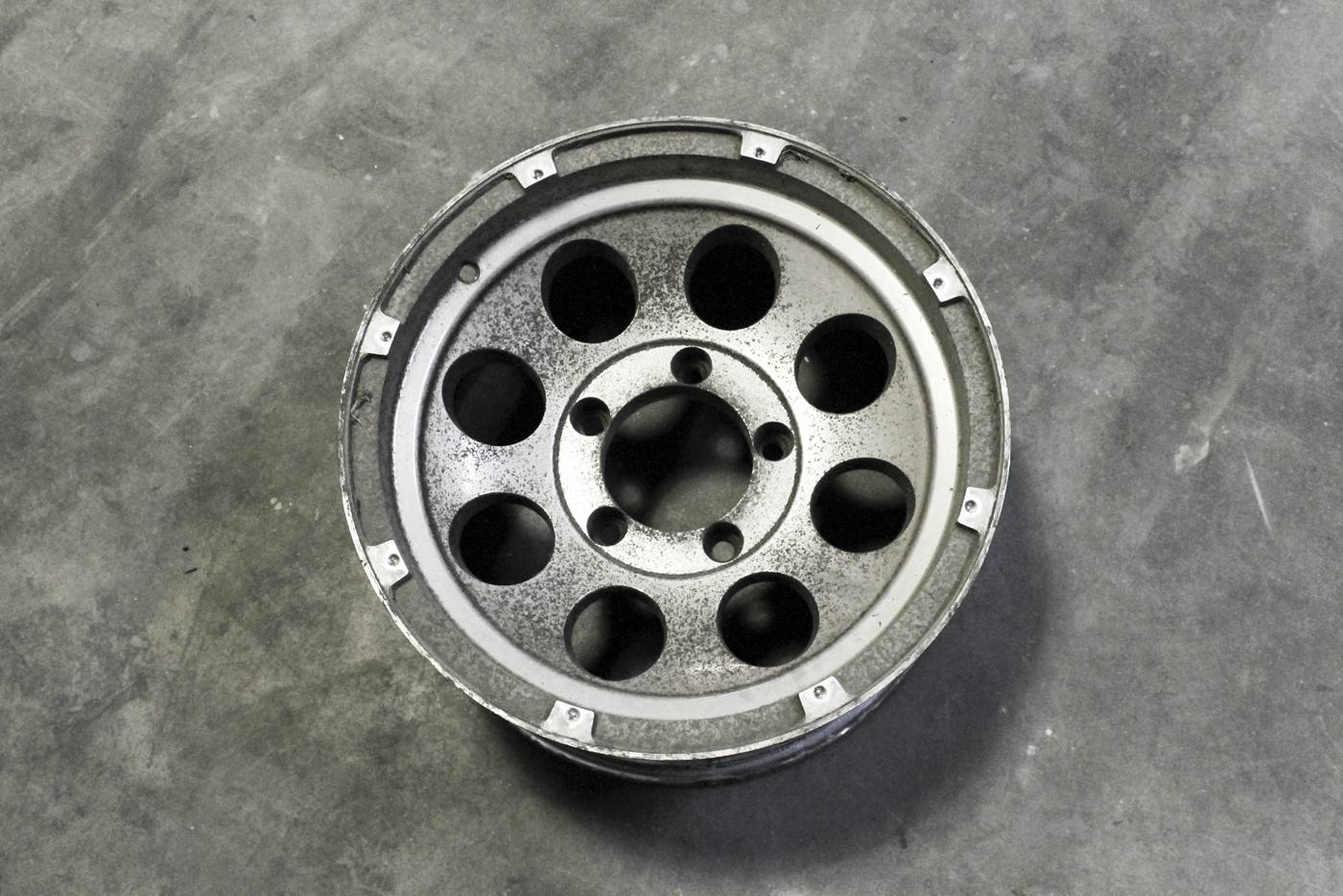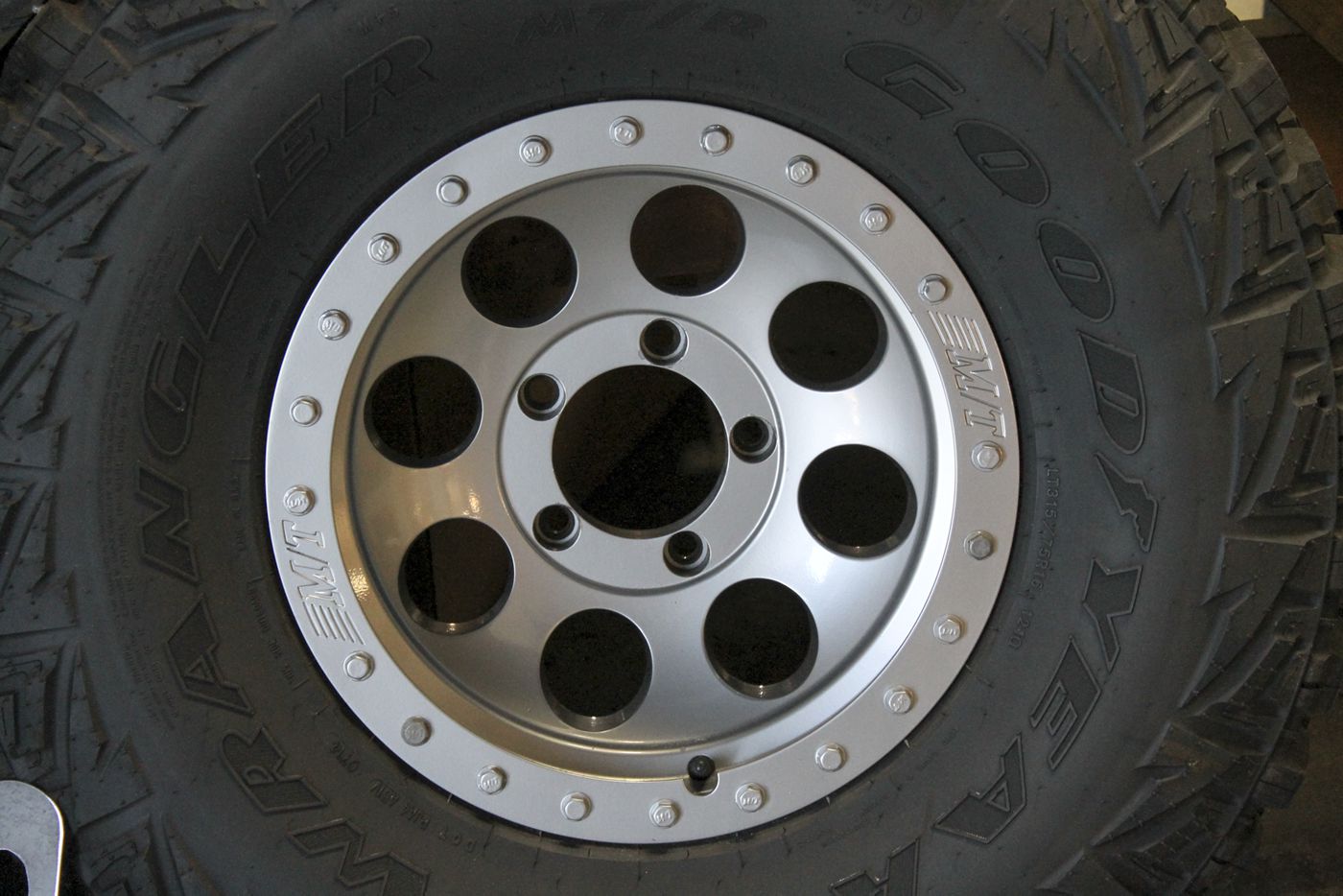Soda Blasting
A safe, soft media ideal for removal of soot, smoke, and odor from fire damage. Prevents rust on cleaned surface.
What is it?
Sodium bicarbonate abrasive media is very similar to the box of baking soda in your refrigerator, only manufactured for a larger, more consistent crystal size.
How does it work?
When blasted onto the material, the soda crystal explodes outward, and that explosion is the force that strips the target of its grease, paint, mold, or dirt. The soda itself is very soft, however, and will not harm the underlying substrate or any glass, plastic, or rubber, which means that masking is not necessary.
Benefits
- Will not harm the substrate: no metal warping, flash rust, etching and pitting of substrate.
- Environmental friendly: non-toxic, non-flammable, non-hazardous, and F.D.A. approved. Not a skin or eye irritant as defined by EPA and OSHA.
- Easy clean up: the water-soluble media will rinse off.
- No Pre-Cleaning: for projects where the coating is covered with grease, dirt, or other contaminates, some methods require the coating to be fully cleaned before blasting, so that the contaminants will not be driven into the substrate. Soda blasting can be used with no pre-cleaning.
- Time saver: no more masking of glass, chrome, and rubber.
- Explosion proof: will not produce thermal sparks and is suitable for use in hazardous areas as long as proper grounding techniques are used to prevent a static charge build up.
- Odor Absorbing: the same effect seen in the refrigerator at home is present when soda blasting, making it perfect for removal of smoke and soot damage, mold removal, and deodorizing.
- Prevents rust, mold, and bacteria: After blasting, the substrate has a light dusting of sodium bicarbonate, which is alkaline. Rust, mold, and bacteria need a slightly acidic pH to survive. The alkalinity neutralizes any acidic component of the air and protects the metal.
Uses
- Graffiti Removal
- Paint and Stain Removal
- Hard Wood Cleaning
- Odor Elimination
- Vehicle Restoration
- Grease, Oil, and Sludge Removal
- Monument and Masonry Cleaning
- Marine Cleaning
- Food Equipment Cleaning
- Mold Remediation
- Fiberglass and PVC Cleaning
- Engine and Airplane Components
- Removal of Carbon, Char, and Odors from Fire Damage
- Paint Line Removal from Roadways and Parking Lots
Soda Blasting Clean Up
Lately, soda blasting has gotten a bad rep, especially by auto restorers. Once a piece has been soda blasted clean, the story goes, any coatings applied afterwards won’t adhere well. And an expensive, custom coating failure is enough to turn anyone off of a blasting media.
But, don’t blame the soda. Blame the cleaning. Any coating failure can usually be traced back to poor preparation.
After soda blasting, if the piece is not going to be coated quickly (as in a day or two), then leave the soda residue on. Those alkaline salts left behind will help prevent rust. However, if the piece is ready to be coated, then the soda media has to be removed completely to ensure that you won’t have a coating failure. This all boils down to how it is cleaned; you can’t just hose off the piece so that it is clean to the naked eye. Epic adds cleaning agents and rust inhibitors to the wet blast, which will neutralize the surface salts and give you a piece that will keep that coating.




